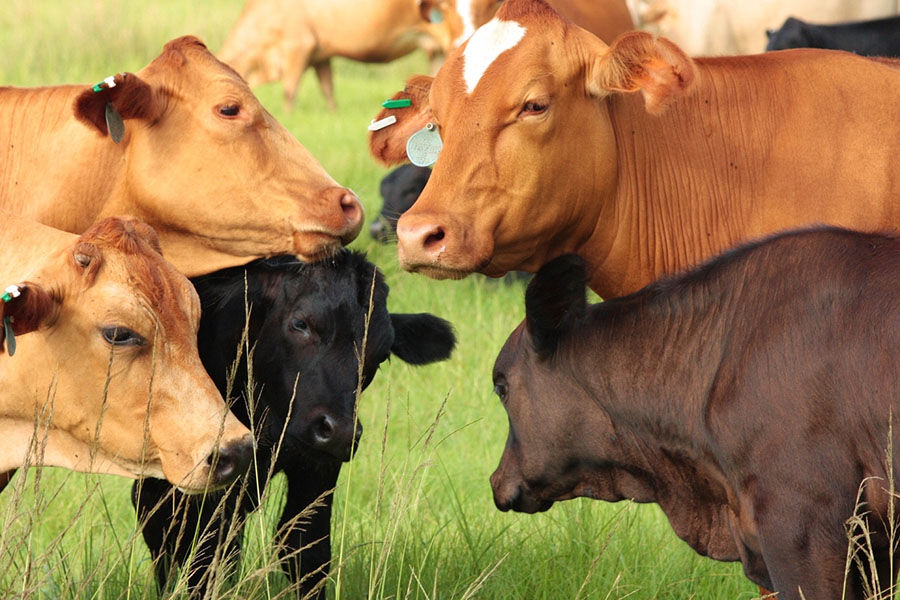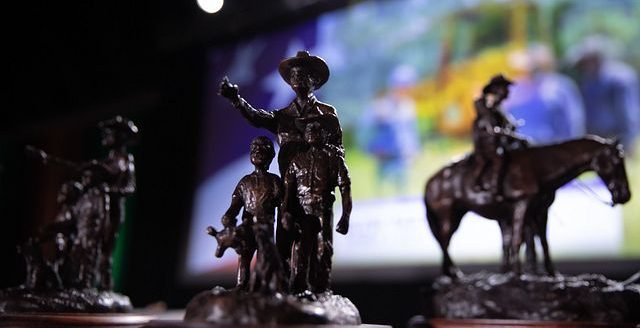Deseret Ranches’ Kuhn Ranch hosted about 50 farmers and ranchers for the Aug. 17 Kansas Livestock Association/Kansas State University Ranch Management Field Day.
Located near Satanta, the ranch consists of both a commercial cow-calf herd and a stocker operation.
Over the past four years, Deseret has transitioned numerous irrigated acres from corn and alfalfa production to triticale and Bermuda grass for grazing, as one major goal of the ranch is to prepare cattle for finishing at Deseret Cattle Feeders. According to General Manager Armando Caballero, eventually they will convert half the existing pivots to Bermuda grass and the other half to a cool-season perennial grass mix, thereby eliminating the triticale. He said this will allow for additional year-round grazing and help reduce farming costs.
To help maintain low-stress cattle handling practices, a set of pens containing a water tank and chute are centralized between the irrigation circles, which allows staff to easily monitor and treat cattle, if needed, as they pass through to drink. Caballero said this grazing and pen setup has helped improve the health and performance of cattle entering the feedyard.
Former Kansas Department of Wildlife and Parks Biologist Mark Sexson provided tips on how to successfully establish native grass in the sandy soils of southwest Kansas. He said the best planting time is May 1 through June 15, when soil temperature at seed depth is at least 65 to 70 degrees. Sexson also emphasized the importance of spraying for grubs within two days of planting. He said this might be the “true silver bullet” in successfully establishing native grass, not only in sandy soil, but in general.
CattleFax Market Analyst Tanner Aherin rounded out the program with a market outlook. He said demand for protein has increased in the U.S. and around the world, with beef ranking at the top. In fact, since 1998, beef’s market share has increased from 40% to 48%, growing 2% just last year.
The Farm Credit Associations of Kansas sponsored the field day.


